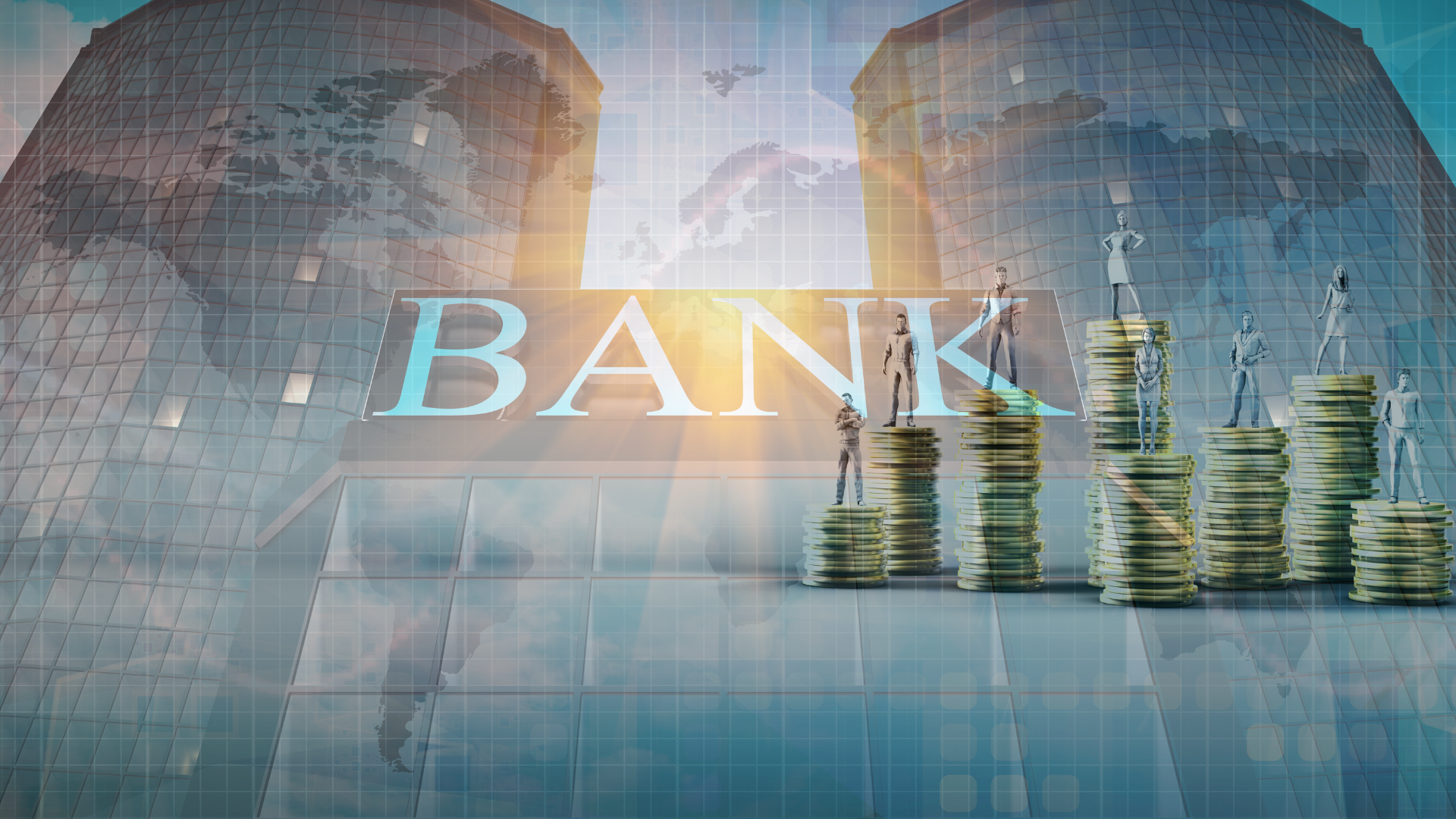Harmony in Banking: Bridging the Gap Between Digital and Traditional Banking Features
Introduction
In the dynamic world of finance, the juxtaposition of digital and traditional banking has become increasingly evident. Each approach brings a unique set of features and advantages to the table, catering to the diverse needs of consumers. In this article, we will explore how the features of digital and traditional banking coalesce to meet distinct banking needs, providing a holistic perspective on the financial landscape.
Accessibility and Convenience
a. Digital Banking
Digital banking shines when it comes to accessibility and convenience. Online and mobile banking platforms allow users to manage their finances anytime, anywhere. From transferring funds to checking account balances, the convenience of digital platforms is unparalleled. The instantaneous nature of digital transactions accommodates the fast-paced lifestyles of modern consumers.
b. Traditional Banking
Traditional banking, while not as agile as its digital counterpart, ensures accessibility through physical branches and ATMs. Some customers prefer the assurance of face-to-face interactions and the availability of in-person services for complex transactions or financial consultations.
Personalized Services
a. Digital Banking
Digital banking leverages data analytics and artificial intelligence to offer personalized services. Through the analysis of user behavior and transaction history, digital platforms can provide tailored financial advice, recommend relevant products, and even predict future financial needs. This level of personalization enhances the overall customer experience.
b. Traditional Banking
Traditional banks often excel in providing personalized services through relationship-based banking. Customers who value a personal touch may appreciate the familiarity of interacting with a local branch manager or financial advisor who understands their unique financial situation and goals.
Transaction Speed and Efficiency
a. Digital Banking:
Speed is a hallmark of digital banking. Instant transactions, real-time updates, and automated processes contribute to the efficiency of digital platforms. Whether it’s transferring funds between accounts or making payments, digital banking minimizes the time required for routine financial tasks.
b. Traditional Banking:
Traditional banking may involve longer processing times, especially for transactions that require manual intervention. However, for individuals who prioritize a meticulous approach and assurance in transaction processing, the traditional banking system can offer a sense of security.
Customer Service and Support
a. Digital Banking
Customer service in digital banking extends beyond traditional working hours. Many digital platforms provide 24/7 customer support through online chat, email, or phone. AI-driven chatbots assist with routine queries, ensuring that customers receive timely assistance.
b. Traditional Banking
Traditional banks offer a more human-centric approach to customer service. Local branches provide a physical space for customers to speak with representatives, and the relationship-based model often fosters trust. Face-to-face interactions may be preferred for complex issues or when a personal touch is desired.
Security Measures
a. Digital Banking
Digital banking employs robust security measures, including encryption, multi-factor authentication, and biometric verification. Continuous monitoring for suspicious activities and instant alerts contribute to a secure online banking environment.
b. Traditional Banking
Traditional banks implement security measures such as secure vaults, surveillance systems, and identity verification protocols within branches. While physical security measures differ from digital safeguards, they play a crucial role in protecting physical assets and preventing fraudulent activities at brick-and-mortar locations.
Conclusion
In the evolving landscape of banking, the features of digital and traditional banking complement each other, catering to the diverse needs and preferences of consumers. Recognizing the strengths of each approach allows individuals to tailor their banking experience to align with their priorities, whether that be the speed and efficiency of digital platforms or the personalized service and human touch offered by traditional banking. Ultimately, the harmonious coexistence of digital and traditional banking features ensures a well-rounded banking experience for consumers in today’s multifaceted financial ecosystem.















